Wondering what are the most common mistakes people make when propagating plants from cuttings? Well, we have a detailed checklist for you. These are the most common mistakes when propagating plants from cuttings that you must avoid at all costs to achieve the highest success rate.
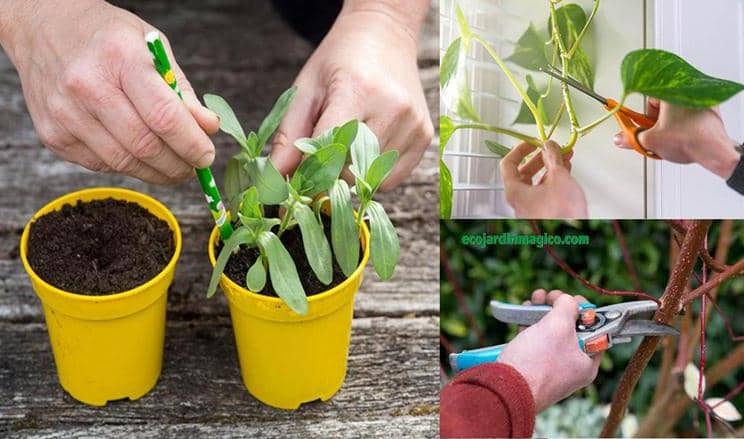
Contents
1. Take cuttings any time of the year
Propagating at any time of the year may not always have positive results. Different plants need different seasons.
For example, some specimens root best from cuttings in the winter, when they are dormant, while others do better in the spring.
Always research online or ask someone who knows the specific plant for the best results.
2. Cut cuttings at the wrong time
Do not take the cutting at any time of the day, as it may do more harm than good. Always take cuttings in the morning, when nutrient circulation is at its peak, which means the cutting will be bursting with energy when you cut it, which will stimulate growth.
3. Not cleaning tools
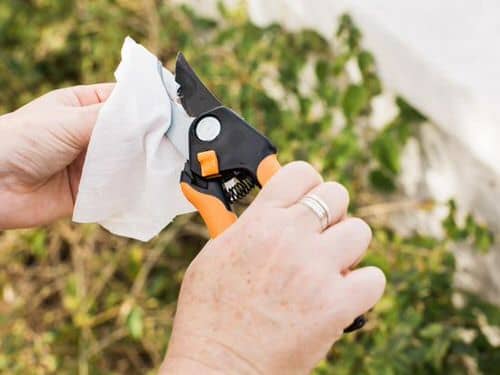
Before cutting the cuttings, use clean tools, as they can contain dirt and pathogens, which can transmit fungal problems.
It’s always good to use clean scissors or shears for cutting.
Avoid using rusty tools.
If you use old scissors or shears, always wash them with a soapy solution. This is especially important if you used them to prune rotten or diseased parts of a plant. You can also disinfect them with bleach or rubbing alcohol.
4. Prune the wrong part of the plant
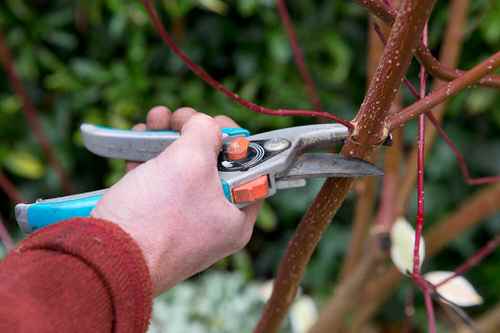
When taking cuttings, it is important to cut them correctly. Most plants root best when cuttings are taken from the base of the stem. Each plant is unique in how it propagates.
For flowering plants, be sure to cut the flower and buds, as the cutting will use all of its energy to save the flower, reducing the chances of successful propagation.
Also, the cutting should be cut just below a node, as this is a place of high cell activity and growth.
5. Trim too much
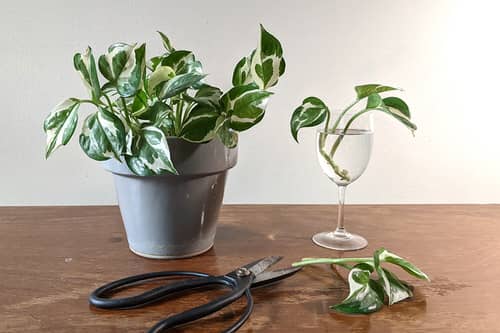
When growing plants from cuttings, people mistakenly think that the longer the cutting, the more successful the propagation will be, which is a myth.
Most plant cuttings root best when under 4 inches tall. You can go up to 6 inches, but avoid cutting more than that.
Cuttings longer than 15cm can be stressed during propagation, causing them to wilt and die.
On the other hand, always remember to make a transverse cut at the end of the cutting that you are going to plant in the ground, also take advantage of this and remove a little bark, it helps a lot so that the roots can develop more easily.
6. Choosing the wrong growing medium
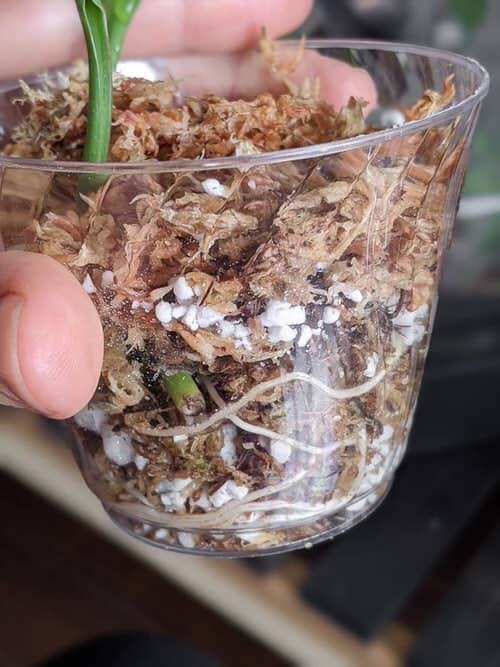
You cannot take a handful of garden soil and use it to propagate every plant cutting. It does not work like that.
Each cutting has different needs. Some do well in water, others in a light seed mix, while others simply prefer peat or sand, and a few thrive in regular potting soil.
All-purpose compost with perlite mixed in is suitable for most softwood cuttings. For semi-mature or leafy cuttings, coarse sand can be mixed in as they take longer to root and benefit from a heavier, more stable mix.
In general, avoid heavy soil mixes as they can promote fungal growth and root rot.
7. Not being careful when watering
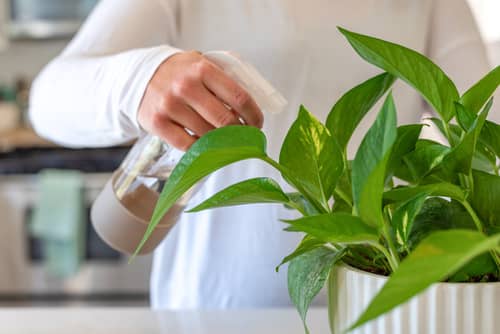
Cuttings need consistent moisture because they don’t have an established root system to rely on, so the stem relies on itself for this job.
The best rule to follow is to keep the growing medium slightly moist and never allow it to dry out completely.
The best way to water the cuttings growing medium is by misting, which will avoid disturbances from water spills.
If you are growing cuttings in water, be sure to change it every 3-5 days.
8. Beware of light requirements
When growing plants from cuttings, it is essential to expose them to bright, indirect light for most of the day.
Avoid keeping cuttings in full shade or dark areas. Also, do not expose them to direct afternoon sun.
9. Don’t let succulent leaves callle
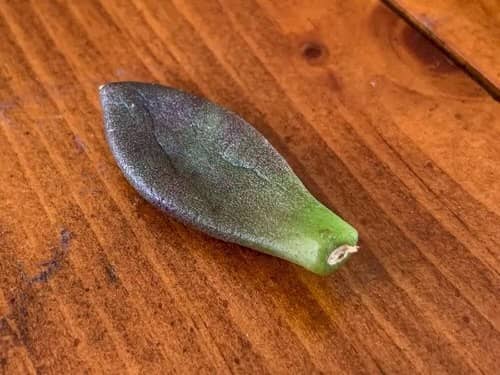
Another mistake people make is planting succulent or cactus cuttings (leaf or stem) without leaving the cut end callus, which means letting the cut end harden and dry out.
This eliminates the risk of rot and ensures positive propagation.
The callus takes between 3 and 7 days; how long exactly? It mostly depends on the type of climate you live in.
10. Do not use rooting hormone
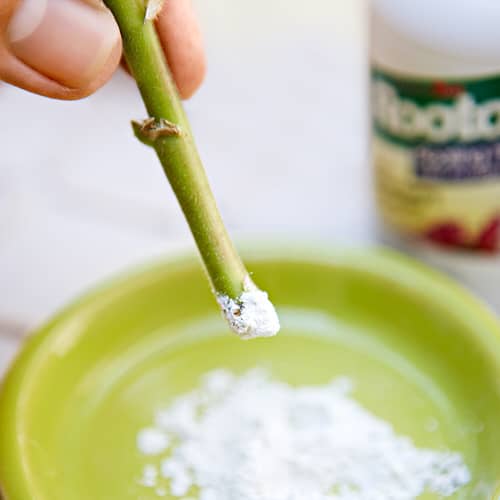
The use of rooting hormone accelerates root initiation, improves rooting uniformity, increases the number of roots produced and ultimately reduces rooting time.
You can also use honey and aloe vera as natural rooting hormones.
11. Not understanding types of cuttings
Before taking cuttings, it is important that you understand their types:
- Softwood Cuttings: As the name suggests, these are the soft new growth of woody plants just before they begin to harden off (ripen). Petunia, thyme, basil and verbena are the best examples.
- Semi-leafy cuttings: These are partially mature stems, and many broadleaf evergreen shrubs are propagated using these cuttings. Jasmine, English ivy and holly reproduce best from it.
It may also be interesting to read: How to prevent a plant from withering after transplanting it
- Hardwood Cuttings: These are mature stems from old trees that are firm and do not bend easily. Hardwood cuttings are mainly used for deciduous shrubs. Figs, roses and hydrangeas are the best examples.
Share it on the networks: